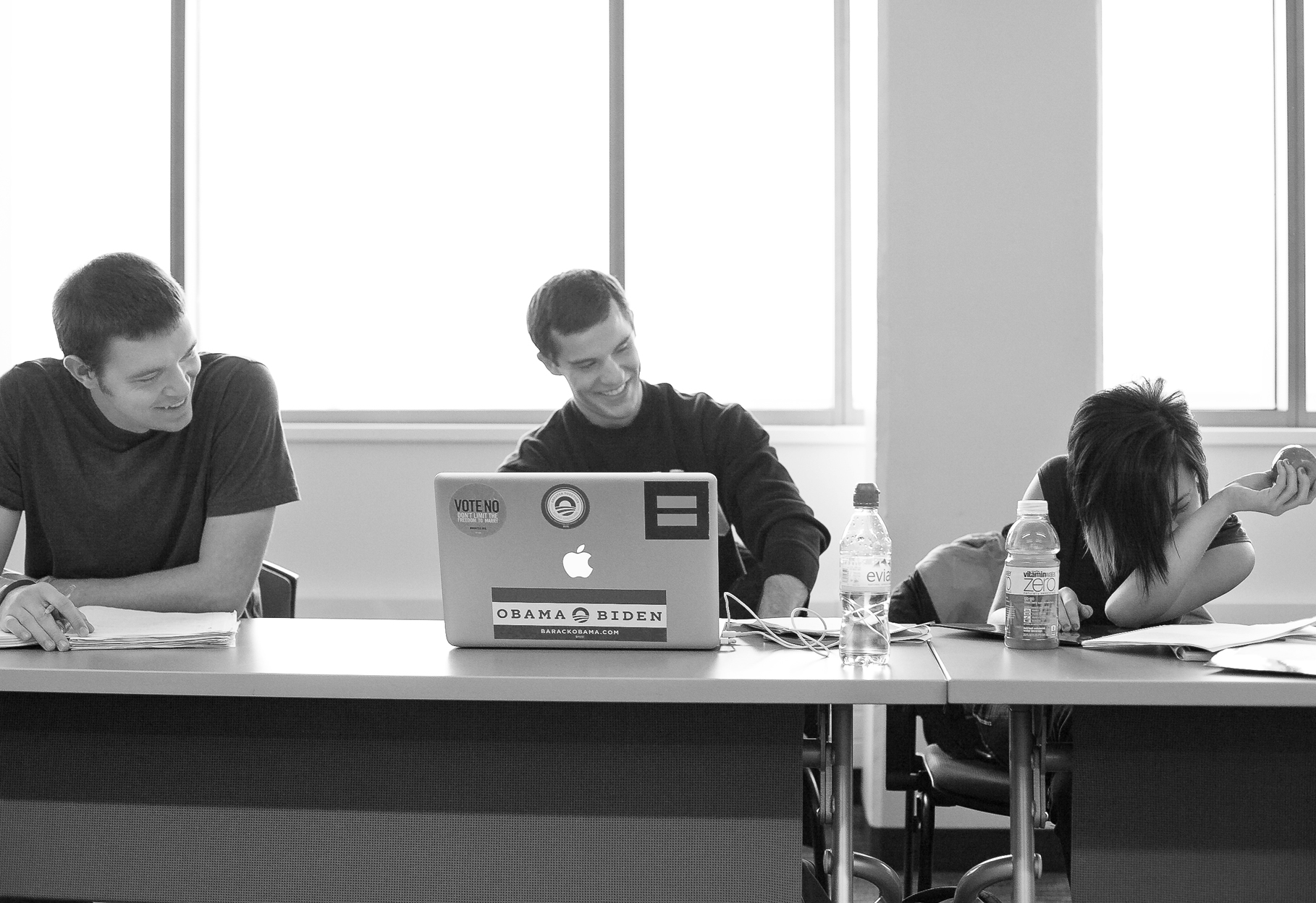This fall Gustavus has welcomed to its history department the special topics course Queer History and Culture, 1880-1980, taught by History and Gender, Women and Sexuality Studies Professor Kate Wittenstein. The idea for the class was first conceived by students in her Gender and Sexuality course last spring. In that course, Wittenstein devotes a couple weeks devoted to queer history, which sparked student interest in the subject.
Wittenstein stressed the importance of student initiative in establishing the course and its focus, specifically the time period and the nature of the topics students wished to discuss as well as the essential professorial support and flexibility.
“I would say that student interest and student demand was the main origin of the course,” Wittenstein said. “We have an obligation to meet student interest, and at a liberal arts college that’s exactly what should be happening.”
Wittenstein along with two fellow faculty members—History and Gender, Women and Sexuality Studies Assistant Professor Audrey Russek and History and Scandinavian Studies Assistant Professor and adviser to The Weekly Glen Kranking ’98—all expressed interest in meeting the students’ intellectual interest in queer history despite lacking backgrounds in that specific field. Despite this obstacle, Wittenstein’s research on gender and sexuality made queer history a small intellectual gap to bridge. Drawing on personal knowledge, online course syllabi, colleague and student suggestions, knowledge and a lot of reading, she designed the Queer History and Culture course over the summer. The class counts towards both History and Gender, Women and Sexuality majors and minors.
She said that she is learning along with her students and sees many possibilities for change and improvement in the course’s future where she could see it becoming a regular course offering. The effectiveness and comprehensiveness of the current syllabus as well as the change this historical sub-field will undergo as it is still in its early stages of investigation and development will determine the content of the class.
“There’s a lot of work to be done before a reinterpretation of our history,” Wittenstein said. “In two to three years I believe the syllabus I have designed will be unrecognizable due to input from other faculty and students taking the course and the direction the sub-field takes. It is very dynamic, and the sub-field is heading in many directions.”
Currently the class focuses on reading historians such as Goerge Chauncey, author of Gay New York, Kevin J. Mumford, author of Interzones, and John D’Emilio author of Sexual Politics, Sexual Communities as well as watching documentaries such as “Coming Out Under Fire” and “The Times of Harvey Milk.” The focus of the class isn’t solely American history, but a comparative history that explores queer history in Europe, Africa and the Middle East as well. The class examines the similarities and differences between the gay rights movement and other social movements as well as the influence of politics and historiography. In historiography one looks at the development of literature in the field, examining comparisons, new interpretations and historical contexts of events.
“[Queer] historiography follows a similar pattern to those of any minority group,” Wittenstein said, describing the challenge to assimilate queer history into the general historical narrative.
Junior Gender, Women and Sexuality Studies and Political Science Major Bethany Murray chose to take Wittenstein’s course for just this reason. When she heard of the possibility that the history department would be offering the class, she supported the idea and committed to taking it this fall semester.
“I chose to take this course because it is a history that is not often talked about. I was never informed about many of the issues I have learned about in this class. It’s as though an entire community’s history has been erased because the majority of people would rather not remember or address it. The course has also offered a cross cultural perspective which is often lacking in history courses that I have taken in the past,” Murray said.
The course’s culminating project will be a 15-page research paper based on primary documents the students have read. Wittenstein hopes Queer History will develop from a special topics course to a regular course offering because it offers students an opportunity to add a more diverse historical framework to the narrative they have grown up with.

This sounds like an important class especially considering the multicultural perspective.